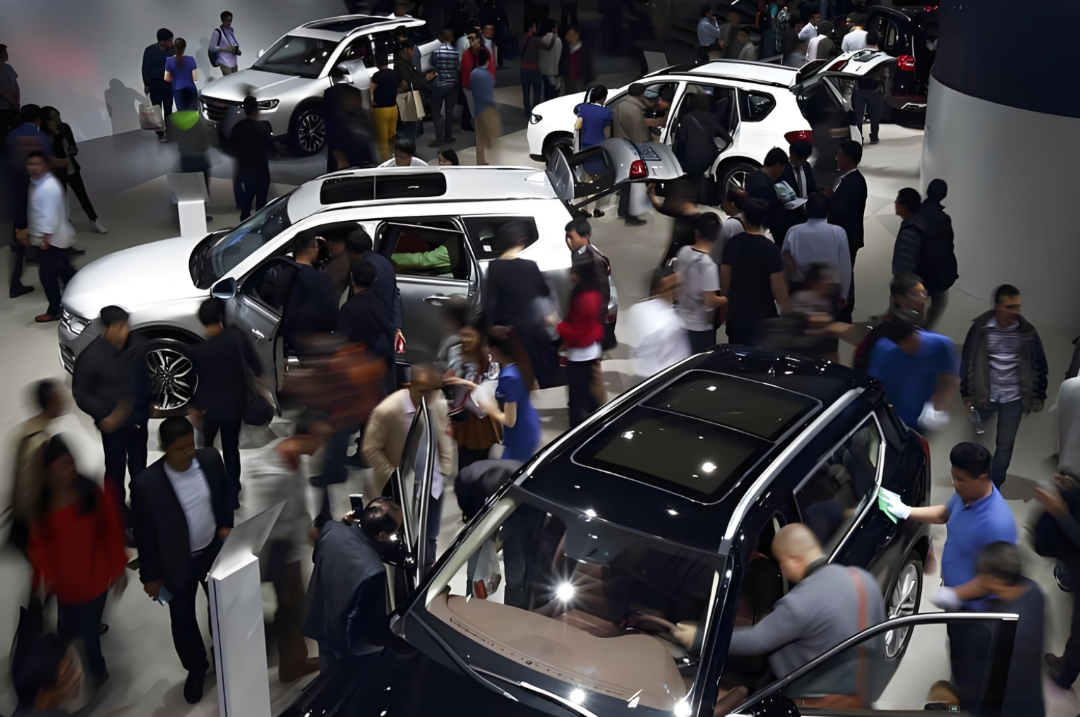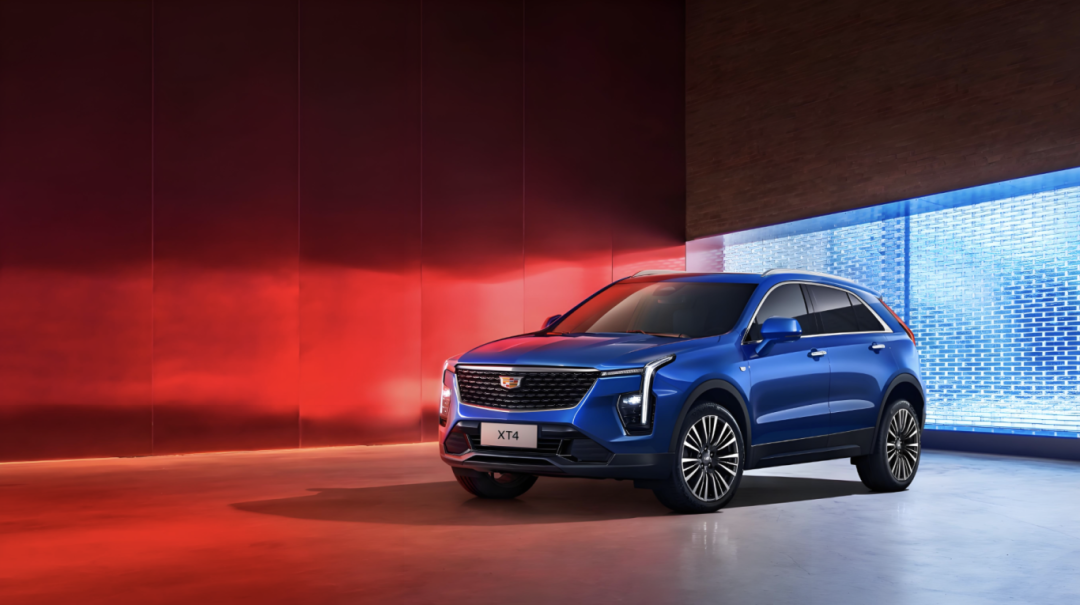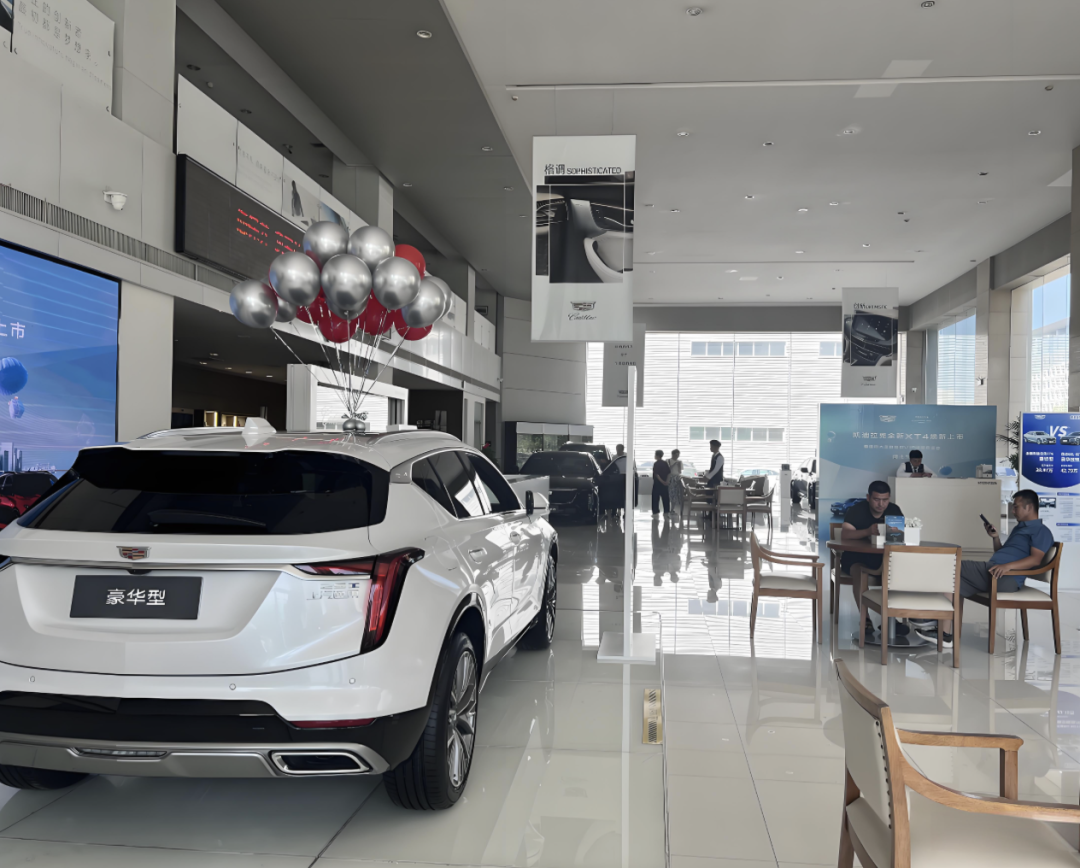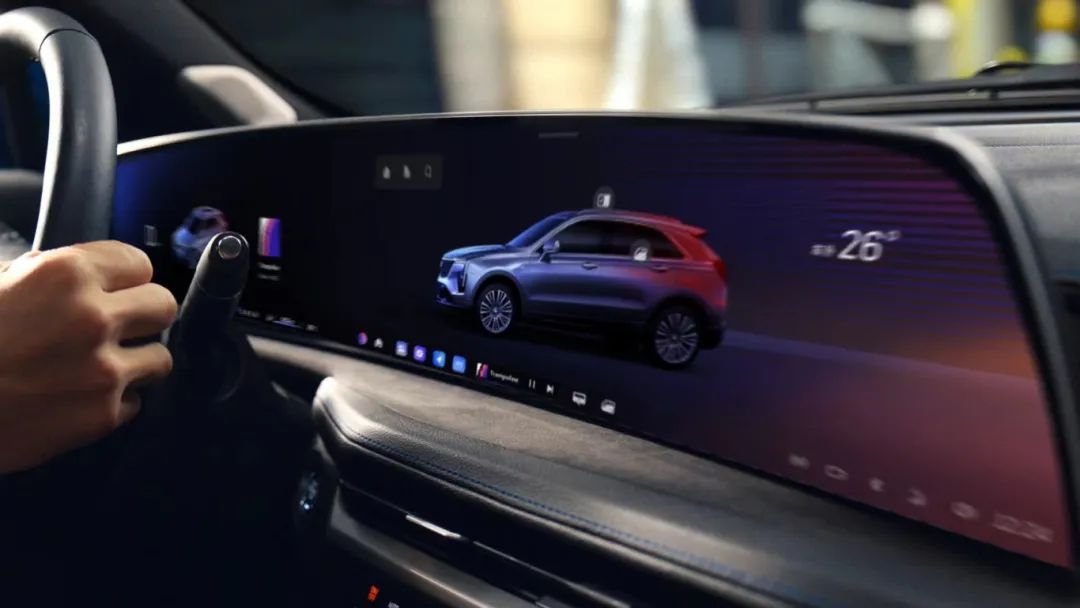Is 150,000 yuan the right price for a luxury car?
![]() 05/30 2025
05/30 2025
![]() 539
539

Introduction
Luxury is a conversation worth having only when it remains vibrant.
"The sky of luxury brands has fallen." This was the exclamation of my media colleagues at the recent launch event of Cadillac's new XT4, where the starting price of 159,900 yuan took everyone by surprise.
In his view, "luxury cars" in the Chinese market once epitomized brand premium, social value, and a technological edge. However, with Cadillac XT4 entering the market at a starting price of 159,900 yuan, it signifies not only direct competition with joint venture brands like Volkswagen and Toyota but also a game of "dignity versus survival" for this American luxury brand in the Chinese market.
Yet, Cadillac had no choice but to take this step.
On one hand, as autonomous brands continue to break through technological barriers, China's auto market has transitioned from market concessions to technological equity and even technological superiority. Coupled with the rapid development of the new energy sector, sales of joint venture and even luxury brands have declined, weakening their brand premium capabilities. On the other hand, constant price wars in the market, coupled with automakers offering price concessions while increasing technological investment, further squeeze the living space of joint venture and luxury brands, forcing them to adapt to market changes.

Under multiple pressures, not only second-tier luxury brands represented by Cadillac have to offer price concessions, but even mainstream luxury brands like BBA are forced to play with terminal discounts.
As the price system of luxury brands collapses, the value system of luxury cars is also facing a collapse, prompting countless netizens to question: "Is 150,000 yuan the right price for a luxury car?"
01 Fading Halo, Drinking Poison to Quench Thirst
Over the years, Cadillac has been accustomed to offering significant price cuts.
Whenever a new car is launched, according to the "convention," there will be a huge price reduction, so car enthusiasts like to joke that "Jaguars are discounted by 30%, Tigers by 20%, and Cadillacs by 50%." From the nickname, one can see how aggressive Cadillac's discounts are. Although it may be somewhat exaggerated, it also reflects its current brand image from the side.
However, this strategy of trading volume for price also helped Cadillac achieve a peak annual sales volume of 233,000 units in 2021.
But as the discount strategy has been used for a long time, it has damaged Cadillac's image in the minds of consumers, and the selling price and resale value of individual cars have continued to decline uncontrollably.

In 2024, the official guidance price of the Cadillac CT5 dropped directly from 289,700 yuan to 219,700 yuan, a reduction of 70,000 yuan. Now, the entry-level model of the Cadillac XT4 has even fallen below 150,000 yuan. Obviously, Cadillac has been continuing its previous pricing strategy and is even more aggressive in pricing.
Despite the significant price drop, the CT5, which used to cost more than 300,000 yuan, can now be obtained for just over 200,000 yuan. However, feedback from 4S stores shows that they are still deserted, and even the display cars are dusty. During the terminal visit, a dealer told "Auto Commune," "The current situation is far worse than before. Cars are not easy to sell, and young people may not necessarily recognize this brand."
The scene from 4S stores is also reflected in sales figures.
Data shows that in 2024, Cadillac sold fewer than 120,000 units, nearly halving compared to the peak annual sales volume of 233,000 units in 2021, and its market share fell from a peak of 4.2% to 1.3%. Obviously, this strategy of trading volume for price did not achieve the expected results. During this period, the CT5 offered discounts of more than 60%, and the XT5 offered discounts of 164,000 yuan, but there was still no significant improvement in terminal sales.

Similarly, Lincoln, which also belongs to the second-tier luxury brands, sold 56,700 units in China in 2024, with monthly sales not even comparable to a single model like the BMW 3 Series. Even limited-time fixed pricing did not yield good results; Jaguar sold fewer than 1,000 units per month; Infiniti sold only a hundred units per month... The entire second-tier luxury brand sector is experiencing a silent collapse.
As for the mainstream luxury brands BBA, although their overall performance is good and not as bad as the second-tier luxury brands, they have also fallen into the quagmire of pricing.
In the middle of last year, it was reported that the price of BMW's new energy vehicle, the BMW i3, had fallen sharply. The original guidance price of the BMW i3 35L was 353,900 yuan, but at that time, the current price was only 179,500 yuan, with a discount of more than 170,000 yuan, essentially a halving. In this regard, the author consulted sales friends and relevant BMW 4S stores, and received the reply that "it is true." Although the discount margins vary from store to store, the quoted prices for bare cars are mostly below 190,000 yuan, with discounts exceeding 160,000 yuan, and the discounts can still be negotiated.

In addition, the Mercedes-Benz EQE in the BBA camp offered discounts of more than 210,000 yuan; the Audi A4L's bare car price fell below 200,000 yuan... Faced with such huge price reductions, not only salespeople feel that "anyone who buys it wins," but many editors also felt that it was a "real steal" when discussing related topics in the Auto Commune editorial department. Even Wei Jinqiao, the editor-in-chief of Auto Commune, posed an open-ended discussion: "Which would you choose: a BBA for just over 100,000 yuan or a new force brand for over 200,000 yuan?"
In this process, from declining terminal sales to falling brand reputation, when price reductions erode brand premium, consumers' perception of "luxury" shifts from brand value to cost-effectiveness, and the aura of traditional luxury cars gradually fades.
02 It's Time to Redefine Luxury
Why hasn't the strategy of trading volume for price achieved the expected results?
Among the reasons, insufficient brand power is an important one. In the minds of consumers, luxury cars have a social attribute. Relying on years of accumulation, BBA's brand image is deeply rooted in people's hearts, satisfying different levels of demand from entry-level to top-tier models. When facing price adjustments and terminal discounts, they can mostly achieve good results due to their premium capabilities and brand faith. Take the BMW i3 as an example. After the price was adjusted downward in May last year, it immediately received a surge in orders, with sales of 5,810 units that month, a month-on-month increase of 29.43%.
However, second-tier brands lack such a clear positioning and stable brand faith.
Cadillac is a typical representative of this. With a large price span, its brand premium ability is far inferior to that of BBA. Therefore, in the short term, price wars have stimulated sales to a certain extent; but in the long term, trading volume for price not only consumes brand power, but sales have not shown significant improvement, leading luxury brands into a vicious cycle of "price reduction - brand depreciation - further price reduction."
Cadillac's case shows that when the prices of luxury cars overlap with those of ordinary joint venture brands, their existence is gradually being eliminated.
However, during this period, domestic new forces have further squeezed the living space of second-tier luxury brands by defining luxury through technological equity and scenarios. Data shows that in 2024, the market share of autonomous brands in the luxury car segment soared from less than 5% to 30%, while the share of BBA fell from 75% to 68%, and the share of second-tier luxury brands, including Cadillac, shrank to 12%.
The killer app of autonomous brands is to make breakthroughs in intelligent disruption, user experience, and price anchors, jointly building a moat.
For example, systems like Huawei's ADS 3.0 and NIO's NOP+ enable city NOA functions, while most luxury brands' L2+ intelligent driving assistance systems are still in the "futures" stage; domestic new energy vehicles meet family needs with "refrigerators, TVs, and large sofas," while many luxury brands are gradually losing their personalized labels in fierce competition; brands and models like AITO and BYD's Upward series, priced at over 500,000 yuan, still have a market, while more and more luxury brands are falling into the whirlpool of pricing strategies and are at a loss.

In the future, as brand faith becomes increasingly fragile, and the market places increasing emphasis on the ultimate competition of intelligence, electrification, and user operations, this competitive relationship will become even more disparate.
Because when the growth rates of extended-range and plug-in hybrid vehicles become the mainstream choices during the transition period; when pure electric vehicles iterate towards cutting-edge technologies such as 800V high-voltage architectures and solid-state batteries; when high-speed NOA functions will be available on models priced at 100,000 yuan by 2025; when higher-level driving assistance functions are first implemented by autonomous new energy vehicles; when HarmonyOS Intelligent Driving is bound to high-end users through Huawei's terminal ecosystem... The technological path, popularization of driving assistance, and user operation lessons embodied behind this are building a new era of luxury.
Imagine when a domestic electric vehicle can provide more advanced technology, a better experience, and superior service at 150,000 yuan. If traditional luxury brands still cling to their brand narratives, they are doomed to not go far.
Therefore, price wars are just the surface phenomenon. The deeper crisis lies in the fact that the glory of luxury brands, especially second-tier luxury brands, is no more. To break the deadlock, they need to work hard to enhance brand value, accelerate the transformation towards new energy vehicles, and optimize product and pricing strategies. Otherwise, they may not be recognized by the market or even be eliminated by it.
Just as netizens say: "Luxury is only worth talking about when it remains vibrant."
Responsible Editor: Cui Liwen Editor: He Zengrong








